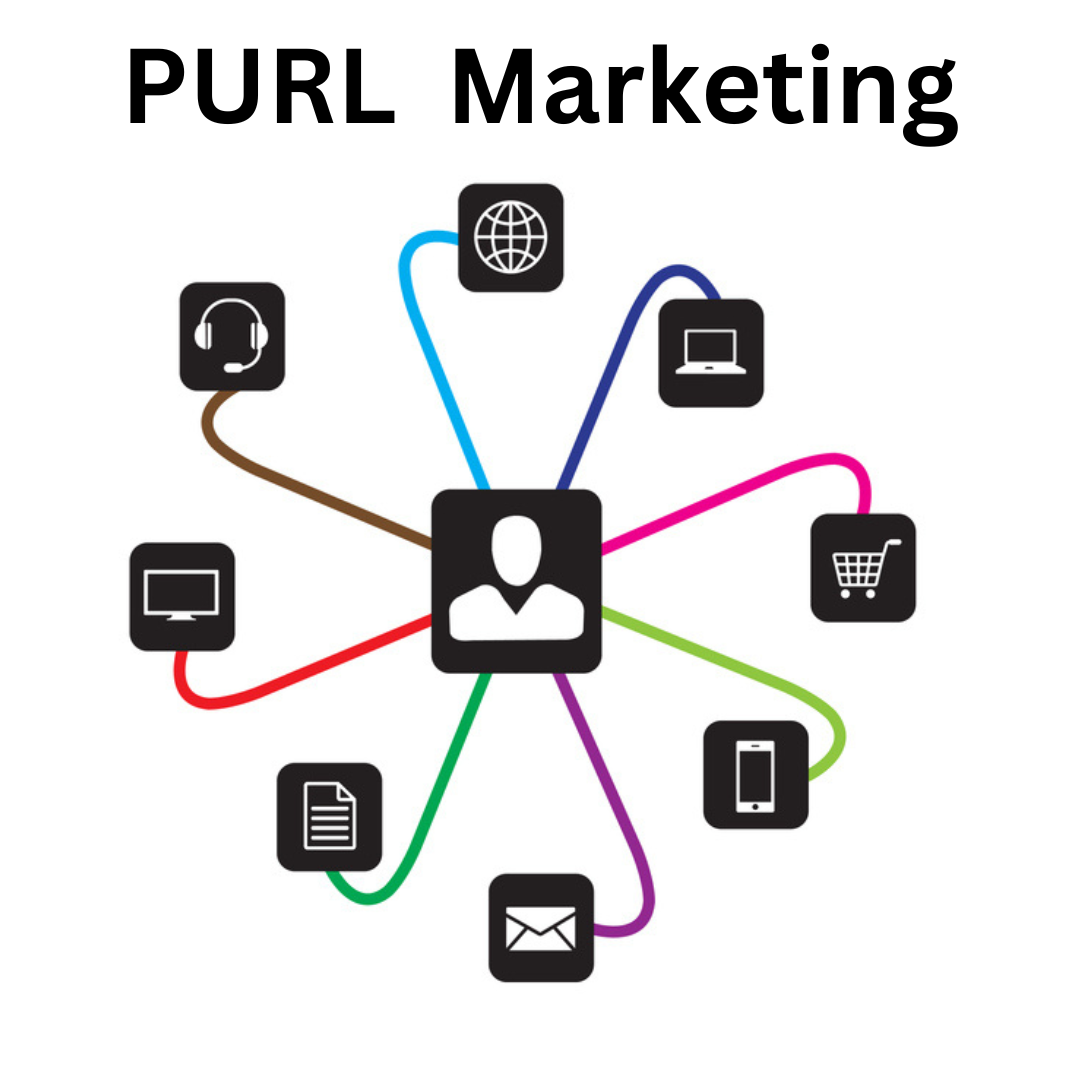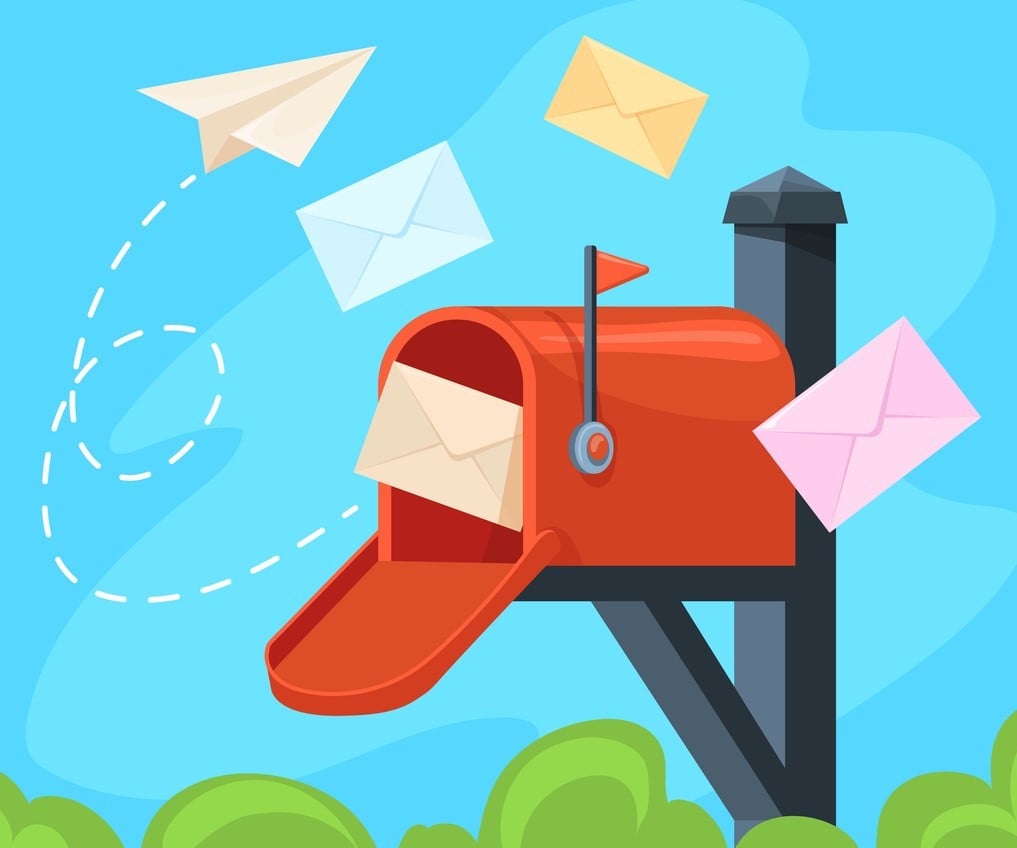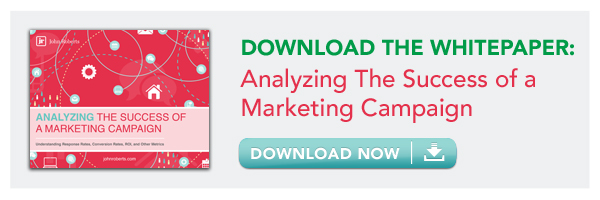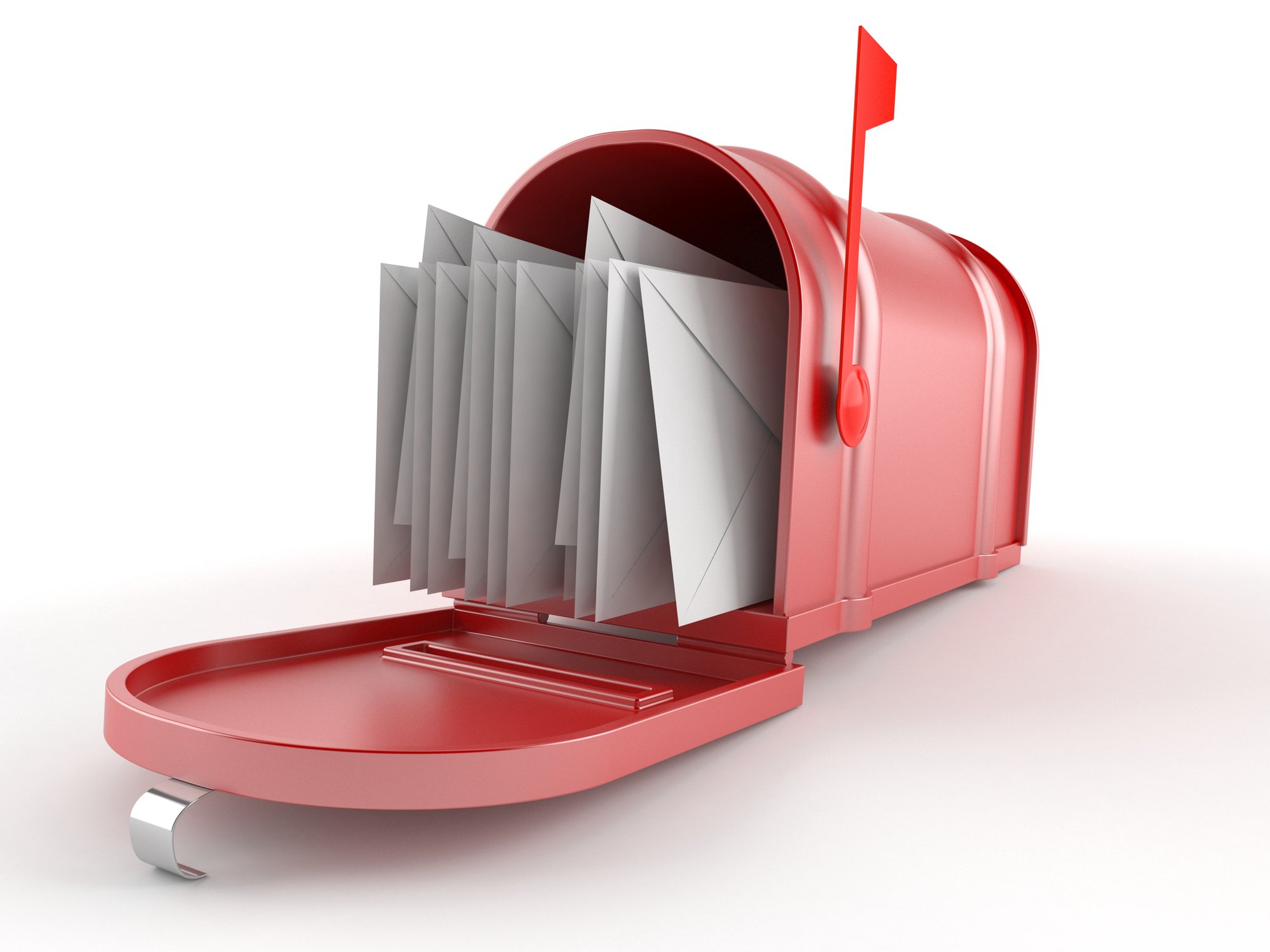February 4, 2016 at 2:58 PM
7 Practical Tips for Variable Data Printing Success
Many months ago, I sat down with the data team at John Roberts and I grilled them about variable data printing. I wanted to understand how variable data works. And, no, I didn’t need a basic overview of what variable data is, and the components that were needed to make it happen.
I understood the principles of the process, what I needed to know was how a normal human being can start using variable data from scratch for the first time. I needed the practical tips and strategies for the common man, so to speak. Luckily, I was talking to the right people.
Maybe I should walk it back for a second. I’ve never personally used variable data.I have certainly read about it, and studied lots and lots of real-world samples that utilize the personalization technology, but that’s about it. So, I wanted a deeper understanding, expert strategies, some basic guidelines, pitfalls to watch out for, and anything else I could share with the world.
Here is an overview of some of the most useful insights from the John Roberts data team:
1) You don’t need as much data as you think.
This was a gigantic light bulb moment for me during the meeting. I was convinced that to do the highly-personalized variable data products that I’ve seen and admired, I would need to painstakingly build a detailed database with lots and lots of information about all of my customers. The truth is, all you need is first and last name, cased properly, and a valid mailing address. The rest can be acquired by running profiles on your lists to get the data enhancements you want, and your data provider can do that for you. Oh, and then they can look for more people like your customers (they’re called “customer clones”).
2) Design for the extremes.
When you consider your design, you’re probably going to pick a pretty standard (variable) name to use in the sample layout. Allison, for example. Don’t forget that there will likely be some very long and very short names in the database. Make sure you test your design and allotted space for both ends of the spectrum.
3) Have a default option.
You should also have a plan for the situations where something might be missing. For example, if you don’t have an image or logo for a particular variable instance, what will go in its place?
4) The quality of your data is the most important element.
Variable data is personalized for a one-to-one conversation. So focus on data hygiene, de-duping, removing near-duplicates, using the preferred version of your customer’s names. Think of it as a personal relationship. My name is Patricia, but everyone calls me Trish. It’s my preference. Don’t make an assumption and call me Patty, and don’t call me Trisha, either.
You can actually do more damage with bad personalization, than with no personalization at all. There are great tools out there to help you clean and refine your data.
5) Actually look at your proofs.
This one sounds obvious, but variable data proofs are usually many pages provided in the form of a soft proof. The proofs are meant to offer a sampling of variations, selects and extremes. It’s a relative sampling of what the run will look like. They mentioned that a lot of people glance through the proofs instead of looking closely, and it’s your one real opportunity to check for problems.
6) You can make something TOO personal.
I asked how many instances of personalization were too many instances of personalization. They said 5 or so was the norm, and that although you can have instances into the double digits, you have to be a bit careful not to make your communications so personal that they’re creepy.
It comes down to using personalization wisely.
7) Plan ahead.
If you want to do exciting new things with variable data, it can take some planning. Think: batch targeted mailers with images appropriate to gender, age and pet ownership. Great idea, but you’re going to need to find some images, figure out the layout and and size all of the images appropriately. That’s not going to happen overnight. It takes some planning to put a great campaign together, so make sure you’re building in time into the process.
8) Choose the right variable printing technique for your situation.
There are three kinds of variable printing — laser printing on preprinted shells, full-color digital variable printing, and inkjet variable printing on high-speed presses. There is also a pretty broad spectrum of personalization options. The most basic would be name personalization in a letter, to inkjetting teaser messages on the outside of an envelope, to switching out images, to custom geomapping and personalized URLs. I could write an entire blog post about this topic alone. What is important to note is that there is no one way to personalize, so talk to your printer about which methods and strategies would work for you and your budget.
What tips do you have for designing successful variable data printing projects? Share with us in the comments.
Popular Posts

Memorial Weekend

Landing Pages
Learn Why Omnichannel Marketing is Trending

Direct Mail





